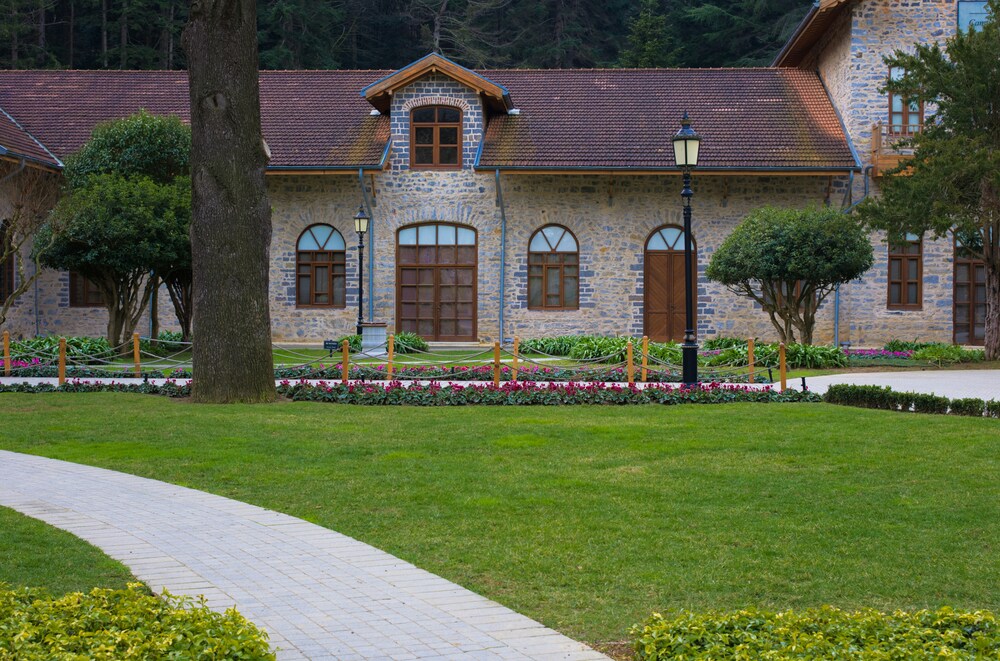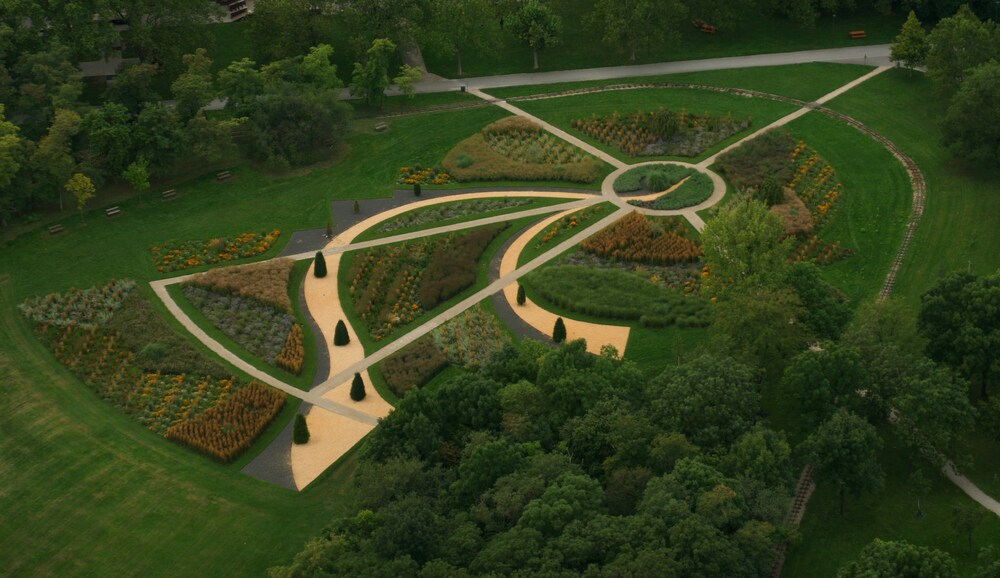- Home
- Articles
- Architectural Portfolio
- Architectral Presentation
- Inspirational Stories
- Architecture News
- Visualization
- BIM Industry
- Facade Design
- Parametric Design
- Career
- Landscape Architecture
- Construction
- Artificial Intelligence
- Sketching
- Design Softwares
- Diagrams
- Writing
- Architectural Tips
- Sustainability
- Courses
- Concept
- Technology
- History & Heritage
- Future of Architecture
- Guides & How-To
- Art & Culture
- Projects
- Interior Design
- Competitions
- Jobs
- Store
- Tools
- More
- Home
- Articles
- Architectural Portfolio
- Architectral Presentation
- Inspirational Stories
- Architecture News
- Visualization
- BIM Industry
- Facade Design
- Parametric Design
- Career
- Landscape Architecture
- Construction
- Artificial Intelligence
- Sketching
- Design Softwares
- Diagrams
- Writing
- Architectural Tips
- Sustainability
- Courses
- Concept
- Technology
- History & Heritage
- Future of Architecture
- Guides & How-To
- Art & Culture
- Projects
- Interior Design
- Competitions
- Jobs
- Store
- Tools
- More
Best Resources for Aspiring Landscape Architects

Landscape architecture mixes art with hard science. You’re not just sketching gardens. You’re solving drainage problems, selecting plants that survive local conditions, and creating spaces people actually use.
Starting out feels overwhelming. The field demands technical skills, creative vision, and practical know-how. These resources help you build all three.
Table of Contents
ToggleEducational Programs That Shape Your Career
Your degree matters, but the right program matters more. The Landscape Architectural Accreditation Board approves schools that meet industry standards. Look for programs that combine studio work with real projects.
Picking Your Academic Route
Bachelor’s programs take four years. Master’s programs compress similar content into two or three years. Both paths work. Your choice depends on your background and timeline.
Good programs teach you CAD software early. You learn grading and drainage principles. Plant identification becomes automatic. Construction details stop looking like random lines. Studio projects simulate real client work with actual budgets and site constraints.
Some schools partner with city planning departments. You might redesign a neighborhood park. Others connect with private developers. These projects look great in your portfolio. They also teach you how feedback works in professional settings.
Certificate Programs for Focused Learning
Career changers often choose certificate programs. Maybe you have a degree in horticulture or engineering. A certificate fills specific gaps without starting over. Programs typically focus on one specialty area.
Urban design certificates teach you about streetscapes and public plazas. Ecological restoration programs cover native plant communities. Green infrastructure certificates focus on stormwater management. Pick based on where you want to work.

Professional Organizations That Open Doors
The American Society of Landscape Architects runs the show nationally. Membership costs money but pays back fast. You get job listings before they go public. Conference discounts save you hundreds. Online courses keep your skills current.
Student chapters meet monthly at many schools. Guest speakers share war stories from their projects. You hear what actually happens on construction sites. Local practitioners offer advice about breaking into the field. Some chapters organize design competitions with cash prizes.
State chapters feel more accessible than national events. Regional conferences draw smaller crowds. You actually talk to experienced designers instead of just collecting business cards. Many offer scholarships for students. Apply even if you don’t think you’ll win.
Licensing Steps You Need to Know
Most states require licensure for independent practice. The Landscape Architect Registration Examination tests your knowledge across four sections. Project management comes first. Design and construction documentation follow. Grading constitutes the final section.
Study materials cost less than you’d think. Practice exams reveal your weak spots. Study groups help you stay motivated. Plan at least three months of serious preparation. Some people spread it over a year while working full-time.
Building Regional Knowledge That Matters
Theory classes teach universal principles. Regional practice demands local expertise. Soil conditions vary wildly across the country. Plant hardiness zones tell only part of the story.
Georgia designers face different challenges than Oregon designers. Summer heat stresses plants differently. Rainfall patterns affect irrigation needs. Local pests determine which species survive. You can’t learn this stuff from textbooks alone.
Connecting With Maintenance Professionals
Smart students talk to people who keep landscapes alive. Connecting with lawn care services in Cumming teaches you what actually works in local conditions. You learn about soil pH problems before they ruin your designs.
Maintenance crews see your design mistakes up close. They know which plants need constant attention. They understand seasonal patterns better than most designers. Their feedback improves your next project. This knowledge beats classroom theory every time.
Learning From Existing Sites
Visit parks and public gardens regularly. Bring a notebook. Notice which plants look healthy without much care. See where water pools after storms. Watch how people actually use the space versus how designers intended.
Volunteer programs let you work alongside grounds crews. You pull weeds, prune shrubs, and spread mulch. Physical work teaches you things drawings never show. Plant spacing that looks good on paper might create maintenance nightmares. Pathways that seem logical often miss how people really move through space.
Staff members share years of hard-won knowledge freely. They remember design choices that failed spectacularly. They know shortcuts that save money without sacrificing quality. These relationships prove valuable throughout your career.
Software Skills That Get You Hired
Technology competence separates candidates during job interviews. Firms expect you to know multiple programs. Start learning during school while you have time to experiment.
Essential Programs Everyone Uses
AutoCAD remains the industry standard for technical drawings. Construction documents require precision. Details need to be buildable. Contractors work from your drawings directly. Mistakes cost real money on actual projects.
SketchUp lets you model designs quickly. Clients understand 3D better than plan views. You test ideas before committing. The free version works fine for learning basics. YouTube tutorials cover most functions you need.
Adobe Creative Suite handles presentations and graphics. Photoshop edits site photos and creates renderings. InDesign layouts portfolio pages and presentation boards. Illustrator produces clean diagrams. Student licenses make these affordable.
Advanced Tools Worth Learning
Geographic Information Systems analyze site conditions efficiently. The Environmental Systems Research Institute offers free student training. You map topography, study watershed patterns, and identify vegetation. Planning projects require this analytical capability.
Rendering programs create photorealistic images clients love. Lumion works well for landscape projects. Enscape renders directly from SketchUp models. Twinmotion offers real-time visualization. Pick one and get good at it. Your portfolio needs compelling visuals.
Parametric design sounds fancy but has practical uses. Grasshopper generates design variations automatically. You create rules, and the program explores possibilities. Even basic skills impress employers. The learning curve feels steep initially but flattens with practice.
Books That Build Your Foundation
Some books remain relevant decades after publication. Others keep you current on emerging techniques. Build your library intentionally.
Classics That Shaped the Profession
Ian McHarg’s “Design with Nature” changed how designers think about ecology. He introduced overlay analysis for site planning. The concepts still guide environmental design today. Frederick Law Olmsted’s writings explain landscape architecture’s social purpose. Understanding history prevents you from repeating old mistakes.
Reference books deserve shelf space within reach. “Time-Saver Standards for Landscape Architecture” contains specifications for common elements. You reference it constantly during documentation phases. “Planting Design Illustrated” by Margaret Sullivan teaches composition principles that work. The book shows actual plant combinations with mature sizes.
Publications That Keep You Current
Landscape Architecture Magazine arrives monthly for ASLA members. Each issue features recently completed projects. Case studies include photos, drawings, and detailed descriptions. You learn how practitioners approach complex problems. Project credits list the actual team members who did the work.
Theory books push your thinking past practical concerns. “Landscape and Power” examines how designed spaces reflect cultural values. “The Granite Garden” explores urban ecology concepts. These texts deepen your understanding of the profession’s broader social role. They make you think differently about public space.

Online Learning Platforms That Expand Skills
Digital education fills gaps your degree program missed. Free resources teach specialized techniques. Paid platforms offer structured courses with certificates.
LinkedIn Learning covers specific software functions. Project management courses teach business skills. You learn at your own pace. Certificates prove course completion to potential employers.
YouTube channels run by practitioners share real workflows. You watch professionals solve actual problems. Rendering techniques become clearer. Hand-drawing tutorials improve your sketching. Software shortcuts save hours of work. Follow several channels to see different approaches.
Communities That Provide Support
Reddit’s landscape architecture forum answers questions daily. Students share portfolio work for honest feedback. Professionals offer career advice freely. The community helps you avoid common mistakes.
Instagram showcases inspiring work from around the world. Follow firms whose style appeals to you. Watch their design process unfold through posts. Notice how they photograph projects. Good documentation matters for your own portfolio.
LinkedIn builds professional connections before you need them. The American Society of Landscape Architects maintains active groups and job boards. Keep your profile updated with recent work. Engage with posts from people you admire. Many jobs never get advertised publicly.
Taking the Next Steps
Start building your resource collection now. Don’t wait until you feel ready. The field changes constantly as environmental challenges evolve. Technology advances create new possibilities. Client expectations shift with cultural trends.
Find mentors who practice in your target region. Most professionals remember struggling as students. They share advice and introduce opportunities willingly. Your learning compounds over time. Each new skill opens unexpected career paths.
illustrarch is your daily dose of architecture. Leading community designed for all lovers of illustration and #drawing.
Submit your architectural projects
Follow these steps for submission your project. Submission FormLatest Posts
Top Botanic Gardens in the United States: Where We Go For Living Collections And Calm
Top Botanic Gardens in the United States: our expert-vetted list with when...
Transform Your Garden with Artificial Turf Austin Solutions
Transforming your garden with artificial turf can be a game-changer, especially if...
What You Really Need to Create a Beautiful Yard
A beautiful yard is more than just an outdoor space, it’s a...
The Architecture of Borders: Walls, Gates, and the Spaces They Shape
Explore the architecture of borders—walls and gates—from ancient fortifications to smart checkpoints....












Leave a comment